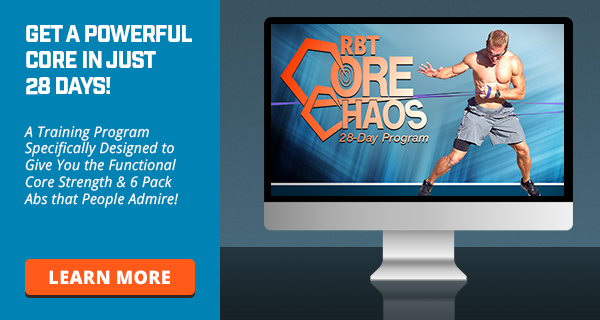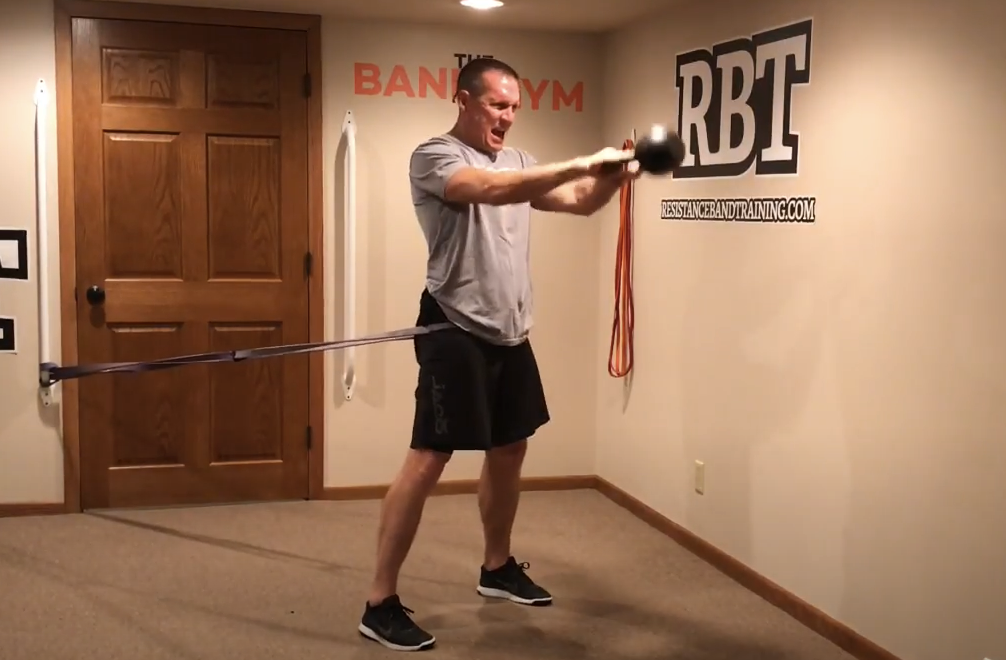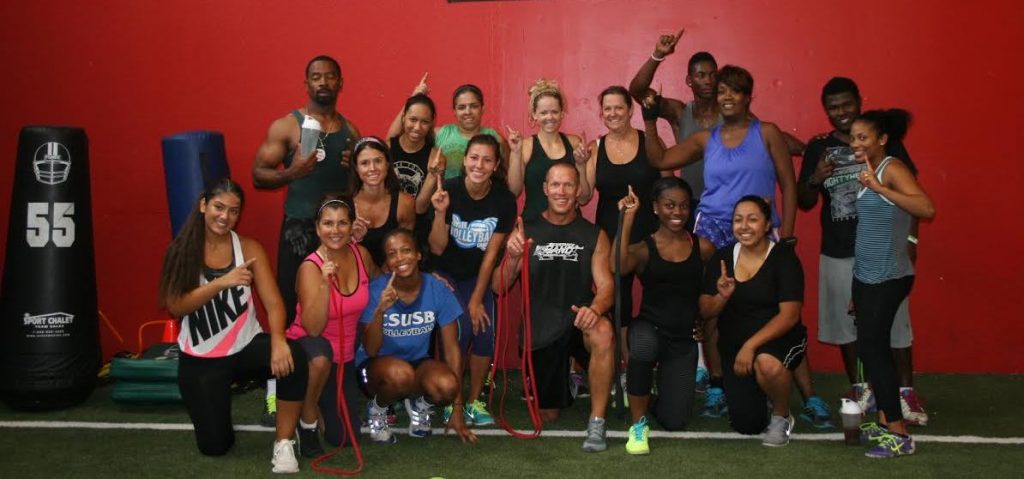Building High Performance Abs
Your Abs are stabilizers. Specifically they are biomechanically setup to stabilize your low back where the lumbar spine meets the sacrum.
The best way to find this area, if you’re interested, is to place your hands on your hips and slide your thumbs together. Where they meet in your low back is the specific area of the spine that the Abs are designed to stabilize and protect against excessive movement.
If you don’t follow that it’s OK. What you want to understand is that the Abs are not “movers” of the spine but instead they are stabilizers, decelerators or controllers of spinal movement.
If you understand this, you will instantly understand why sit-ups and crunches which force the spine to flex and move don’t make sense. You will also understand why resistance bands are the perfect tool when it comes to developing optimal Ab function, strength and performance.
How to Use Bands to Develop Optimal Ab Performance
Quantum Bands are the perfect training tool when it comes to training the Abs correctly.
- They easily create horizontal vectors which will be needed to effectively challenge the Abs to activate while being loaded in all 3 planes of motion.
- Their ascending resistance allows you to change speed of movement which will teach the Abs how to decelerate movement against varying speeds.
- Their light-weight construction and the ability to not be influenced by gravity allows them to easily simulate any movement pattern the body can make while standing.
Free weights cannot create or simulate any of these situations because of their constant influence of gravity and having to follow a single plane of motion.
4 Steps to Creating High Performance Abs
There are 4 progressive steps to building high performance Abs:
Step 1 – Develop isometric control in non-weight bearing
The best way to start teaching the Abs to stabilize is by teaching them in non-weight bearing. Using bands as either an assistance or resistance while performing simple plank or pillar isometrics is the easiest way to accomplish this.
Step 2 – Develop isometric control in standing
Since 90% of what we do is done on our feet, the Abs must be trained in standing. The safest way to accomplish this is to bring your pillar training into standing which is easily done using bands.
Step 3 – Add in simple movements that don’t change your base of support
Once isometric control in standing is mastered, the next step to challenging the Abs to stabilize occurs by making them perform under movement. Performing simple movements that don’t alter the body’s base of support is what is needed.
Movements like reaching, squatting or bending are great options to achieve greater dynamic Ab stabilization performance.
Step 4 – Bringing in a step action to maximally challenge the Abs
Changing up base of support by stepping while keeping the Abs under band tension challenges them to deal with the same factors they will be forced to deal with during walking, running, swinging, throwing or jumping.
It is during this stepping action that the Abs begin to function dynamically versus isometrically and begin moving towards a high performance level.
The following video teaches you how to progress through all 4 steps in building high performance Abs.
Eliminate Crunches and Sit-ups Forever!!
Build your high performance Abs following this 28-day core specific band training program.




